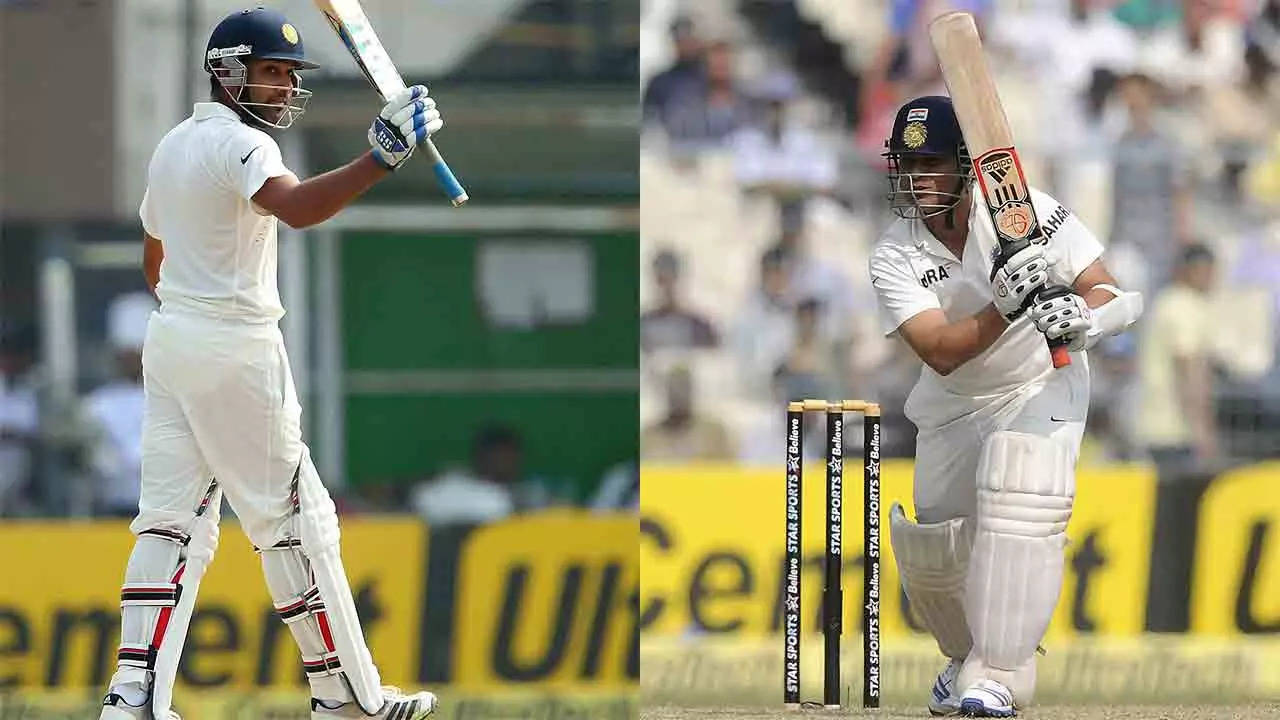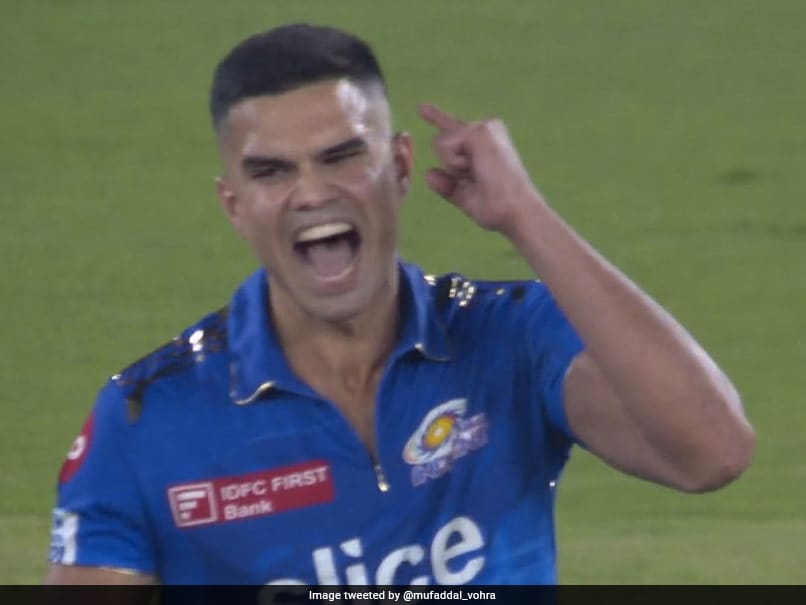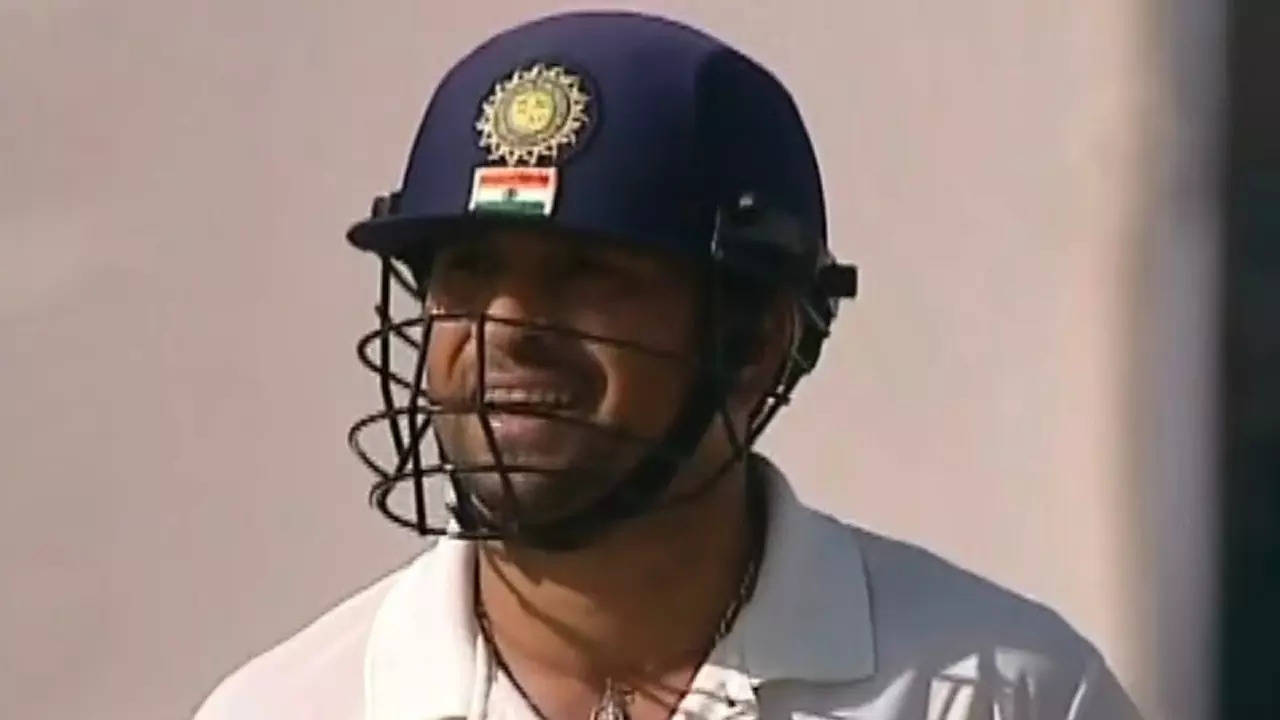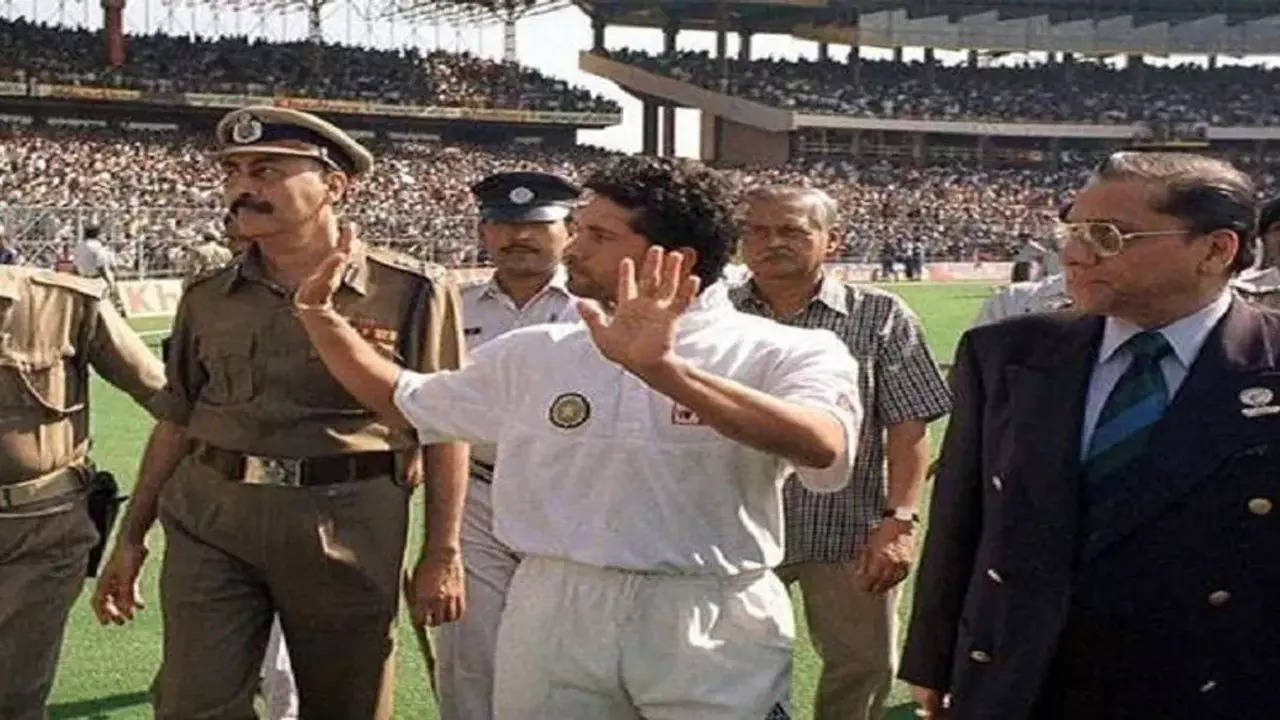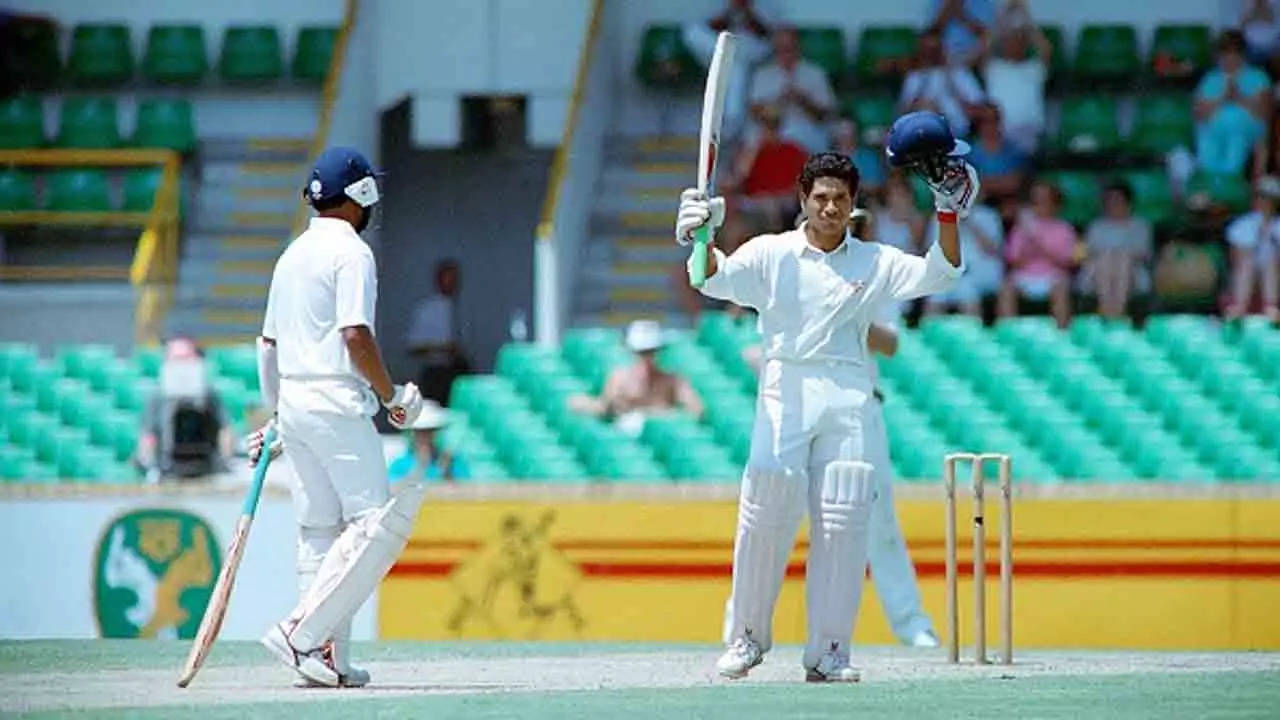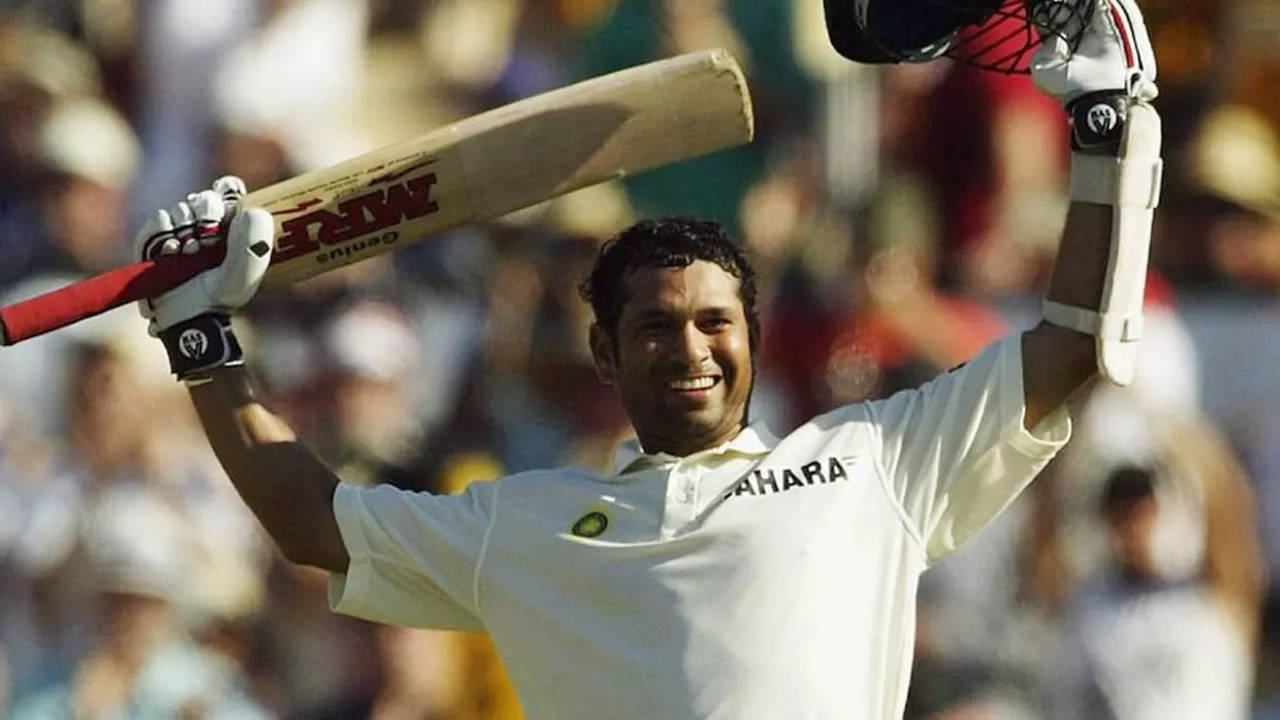Arjun Tendulkar Shines with Nine-Wicket Haul in Pre-Season Tournament
Arjun Tendulkar, the son of legendary cricketer Sachin Tendulkar, has made a strong statement ahead of the upcoming first-class season with a match-winning nine-wicket haul in Goa's innings and 189-run victory over hosts Karnataka in the Dr (Capt) K Thimmappiah Memorial Tournament.In the first innings, Karnataka was dismissed for a paltry 103, with Arjun claiming 5/41 in 13 overs. Goa then posted a formidable 413, thanks to a century from Abhinav Tejrana (109) and a solid 69 from Manthan Khutkar.In the second innings, KSCA XI showed some improvement but were eventually bowled out for 121, with Arjun taking 4/46 in 13.3 overs. His match haul of 9/87 in 26.3 overs was instrumental in Goa's comprehensive victory.Arjun, who will turn 25 next week, has now played 49 competitive games across three formats at the senior level, claiming 68 wickets. In 13 first-class matches, he has taken 21 wickets.Arjun's performance has drawn comparisons to his illustrious father, who is widely regarded as one of the greatest batsmen of all time. However, Arjun's journey has been marked by both challenges and opportunities.He has previously trained under former India player Yograj Singh, the father of Yuvraj Singh. Yograj has praised Arjun's potential but also emphasized the importance of proper guidance and support."Arjun Tendulkar came to you for training. How do you see his future?" Yograj was asked in an interview."Have you seen diamond in a coal mine? Woh Koyla hi hai..nikalo patthar hi hai, kisi tarashgir ke haath me dalo to chamak ke duniya ko kohinoor ban jata hai (It is coal that is rock when taken out from a mine, but if it is given in proper hands, it goes on to become Kohinoor. It is priceless. But if that same diamond reaches a person who does not know its worth, he destroys it. I don't say it myself that Yograj Singh is a great character, Yuvraj Singh says it, 'there is magic in my dad's hand, he made me what I am.' Earlier, I was abused 'Hitler, Dragon Singh, I hate my father'. Everybody hated me in my home. My relatives said, I should not have been a father," Yograj Singh replied."But he walked his path. And by God's Grace you got Yuvraj Singh."Arjun's performance in the Dr (Capt) K Thimmappiah Memorial Tournament suggests that he is on the right track. With his talent and determination, he has the potential to follow in his father's footsteps and make a significant impact on the cricketing world.
Read more

